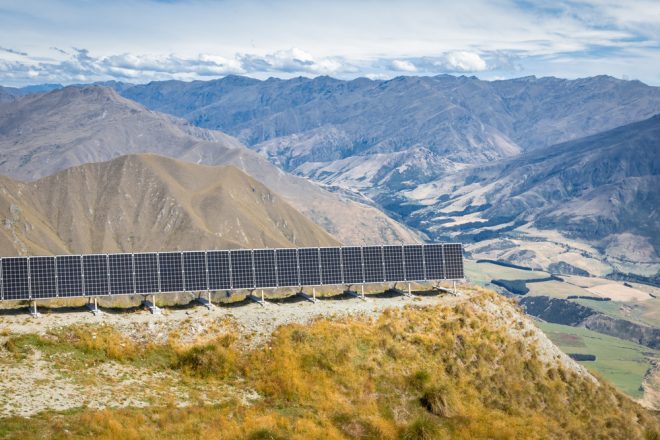配电公司 WEL Networks 和可再生能源开发商 Infratec 正处于评估新西兰首个公用事业规模的电池储能系统(BESS)的最后阶段。
该国 29 家配电实体之一 WEL Networks 表示,位于新西兰上北岛怀卡托区的 35MW 项目正在准备建设中,预计将于 2022 年 10 月投入使用。
新西兰有到 2030 年的全国净零排放政策目标,WEL Networks 表示,怀卡托 BESS 将为整个电力价值链提供服务,从允许安装更多可再生能源并连接到电网,储存太阳能和风能,到加强当地的电力供应可靠性和快速提供储备以纠正供需失衡。
他说,根据 WEL Networks 首席执行官加思·迪布利的说法,该项目将耗资约 2500 万新西兰元(1766 万美元),并已根据新西兰《资源管理法》获得资源同意,这是 WEL 的 “巨大里程碑”。
迪布利说:“这项技术将有助于网络弹性,同时支持可再生能源的吸收,” 他补充说,该电池将支持电动汽车(EV)的充电,最大限度地发挥太阳能的好处,并在电网紧急情况下提供备用。
Infratec 业务发展总经理尼克·比比表示,他的公司将依靠其在国际电池开发方面的经验来开发和交付 35MW BESS。
“电池需要嵌入网络中,以便为当地社区提供最佳服务。我们选择了一种使用寿命为 20 年的成熟技术,因此我们预计出于所有正确的理由,这款电池将在未来几年成为头条新闻,” Bibby 说。
迄今为止,Infratec 的 BESS 项目包括新西兰的商业和工业(C&I)电池项目,以及太平洋岛屿汤加、南库克群岛、密克罗尼西亚、瑙鲁、Kiritimati 等太平洋岛屿的太阳能加存储和微电网系统。
该公司表示,它认为新西兰迫切需要大规模的电池存储,以补充可再生能源的增长和抽水的水电厂,并支持该国北部和南岛之间的大型互连器。






























































